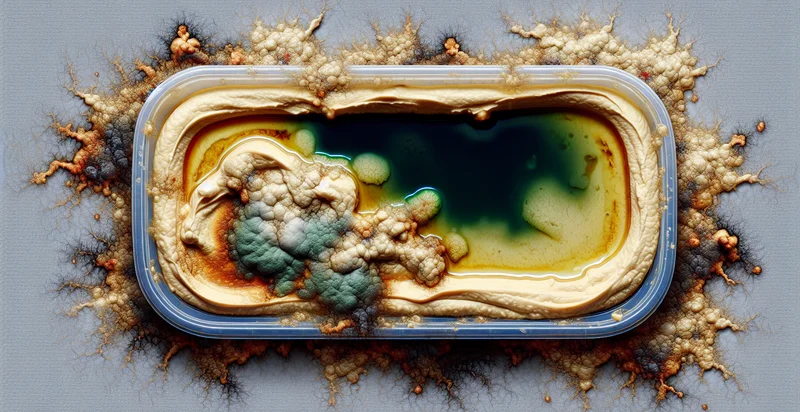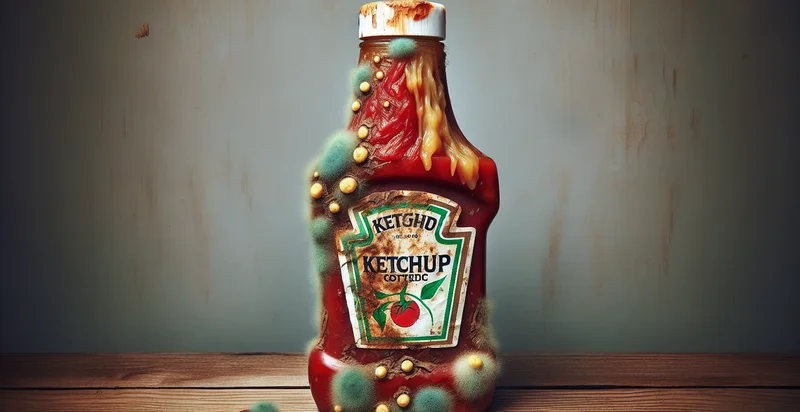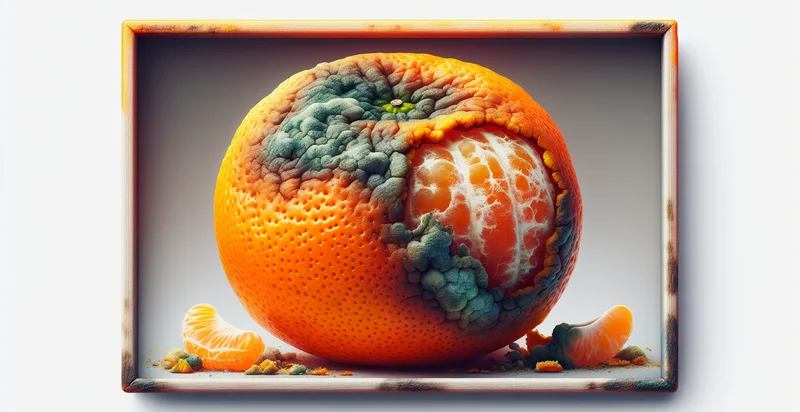Identify if hummus is rotten
using AI
Below is a free classifier to identify if hummus is rotten. Just upload your image, and our AI will predict if the hummus is rotten - in just seconds.

Contact us for API access
Or, use Nyckel to build highly-accurate custom classifiers in just minutes. No PhD required.
Get started
import nyckel
credentials = nyckel.Credentials("YOUR_CLIENT_ID", "YOUR_CLIENT_SECRET")
nyckel.invoke("if-hummus-is-rotten", "your_image_url", credentials)
fetch('https://www.nyckel.com/v1/functions/if-hummus-is-rotten/invoke', {
method: 'POST',
headers: {
'Authorization': 'Bearer ' + 'YOUR_BEARER_TOKEN',
'Content-Type': 'application/json',
},
body: JSON.stringify(
{"data": "your_image_url"}
)
})
.then(response => response.json())
.then(data => console.log(data));
curl -X POST \
-H "Content-Type: application/json" \
-H "Authorization: Bearer YOUR_BEARER_TOKEN" \
-d '{"data": "your_image_url"}' \
https://www.nyckel.com/v1/functions/if-hummus-is-rotten/invoke
How this classifier works
To start, upload your image. Our AI tool will then predict if the hummus is rotten.
This pretrained image model uses a Nyckel-created dataset and has 2 labels, including Hummus Is Fresh and Hummus Is Rotten.
We'll also show a confidence score (the higher the number, the more confident the AI model is around if the hummus is rotten).
Whether you're just curious or building if hummus is rotten detection into your application, we hope our classifier proves helpful.
Related Classifiers
Need to identify if hummus is rotten at scale?
Get API or Zapier access to this classifier for free. It's perfect for:
- Quality Control in Food Manufacturing: This function can be integrated into the quality control processes of hummus production facilities. By automatically identifying rotten hummus, manufacturers can reduce waste, improve product quality, and ensure consumer safety.
- Smart Refrigeration Systems: Retailers can incorporate this image classification capability in smart refrigeration units to monitor hummus freshness. When rotten hummus is detected, the system can trigger alerts for staff to remove the product from shelves, ensuring customers only receive fresh options.
- Consumer Mobile App: A mobile application could enable consumers to take a picture of hummus before purchase or consumption to check for freshness. This feature would empower customers to make informed decisions, reducing the likelihood of consuming spoiled food.
- Supply Chain Optimization: Companies in the hummus supply chain can use this function to assess the quality of products during transit. By identifying rotten products earlier in the supply chain, businesses can implement corrective actions and minimize losses.
- Food Donation Programs: Nonprofit organizations working with food donations could utilize this image classification function to quickly assess the quality of hummus being donated. This would ensure that only fresh, safe products are distributed to those in need, reducing the risk of foodborne illness.
- Restaurant Inventory Management: Restaurants can use this function for monitoring the freshness of their hummus stock. By identifying which batches are spoiled, kitchen staff can manage inventory more effectively and reduce food wastage.
- Education and Awareness: This image classification tool can be utilized in educational programs to raise awareness about food spoilage and safety. By allowing users to visualize signs of rotten hummus, it can help consumers better understand how to identify and avoid spoiled food.


